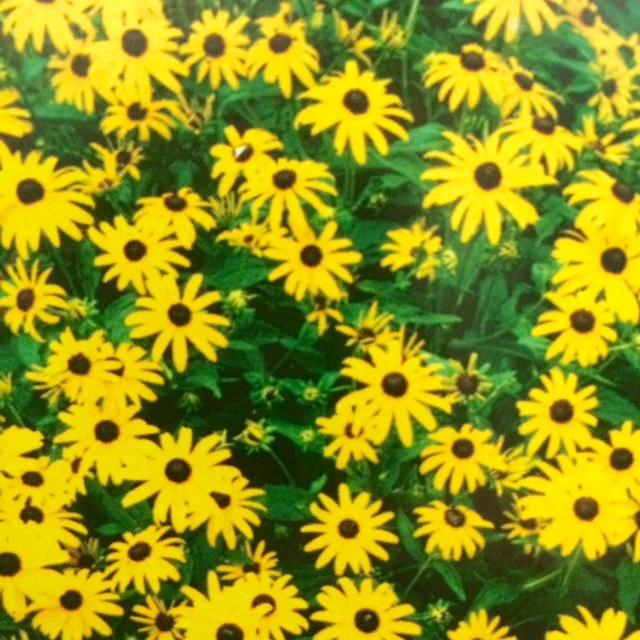Of all the garden ornaments, containers can be the most satisfying way to express one’s artistic leanings. They can transform a drab section of the garden or brighten an apartment balcony. Vast acres and a deep purse are not needed for this hobby. Large containers are indispensable for use as focal points, while the smaller ones are useful for moving around or filling in seasonal gaps in beds.
Various containers grouped imaginatively can have an immediate impact on a bare concrete path or patio. While large urns or wooden tubs should be positioned with care (and once placed are difficult to move), smaller pots can be constantly moved to suit a gardener’s whim. The advantage of large containers is that they allow the gardener to create bold, lavish designs and if planted with a long term shrub can provide year-long interest. Fox example, a large urn with a centerpiece of either clipped rosemary or a small Alberta spruce with cascading verbena can be striking. Large containers lined up and planted uniformly make a useful boundary marker; this method could be used to break up bare expanses of wall.
Garage sales can turn up a surprising number of quirky and unusual containers. Old tin buckets, milk pails, and watering cans with holes drilled in the bottom for drainage would make an interesting centerpiece for a cluster of small pots. Daisy-like flowers such as gloriosa daisy (Rudbeckia hirta) or Coreopsis “Sunray” create a more informal look.
Balconies:
On an apartment balcony, a sense of summer can be evoked by using pots of various sizes and planting them with perennials and annuals. Perennials such as lavender, marguerite, and pincushion flowers are but a few of the myriad choices. A north-facing balcony could have pots filled with impatiens or begonias. Ferns incorporated into this shady scheme would add textural contrast.
Vegetables in Containers:
Certain vegetables will grow happily in pots–another boon for the sunny balcony. Voracious slugs and their equally repulsive brethren are less prevalent in container-grown vegetables. Lettuce (buttercrunch), spring onions, and radishes will make a nice little salad. While you might not be able to feed ravenous guests with the modest output of your little garden, it will give you a sense of satisfaction when you snip a lettuce, parsley, and spring onions. Tomatoes too can be grown successfully in a container; the taller plants might need staking.
Tips:
- Containers must have adequate drainage. Place a few small stones over the drainage hole to prevent soil seepage.
- Mix half cow and compost and potting soil to fill container to within a few inches of the top.
- The plants should be well-watered before planting. Plant in the cool of the evening. After planting, sprinkle with Osmacote or any slow release fertilizer. Water gently but thoroughly every morning and evening during hot spells.




























